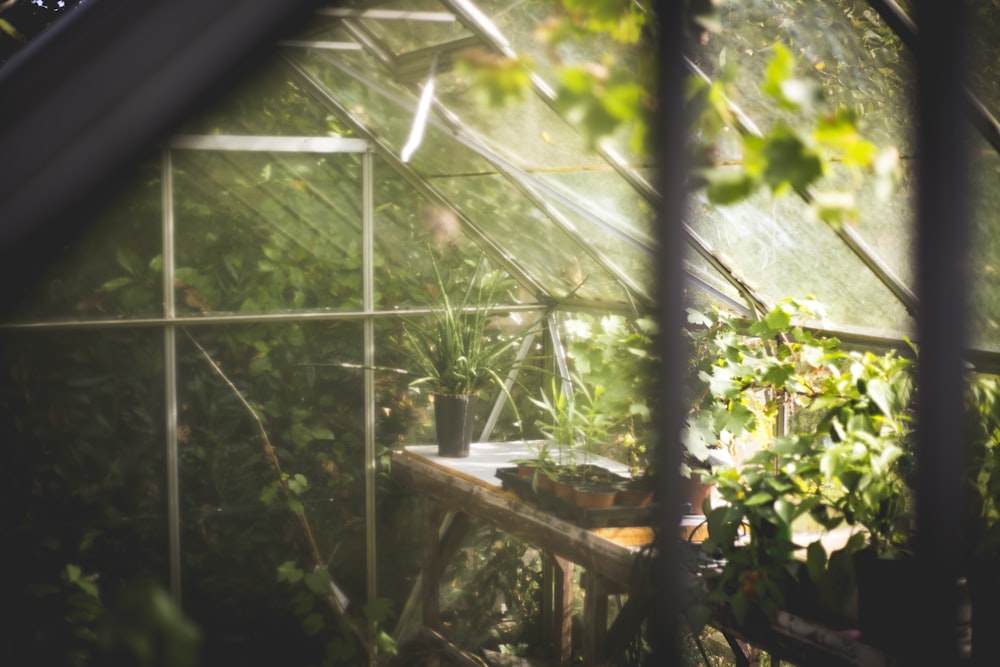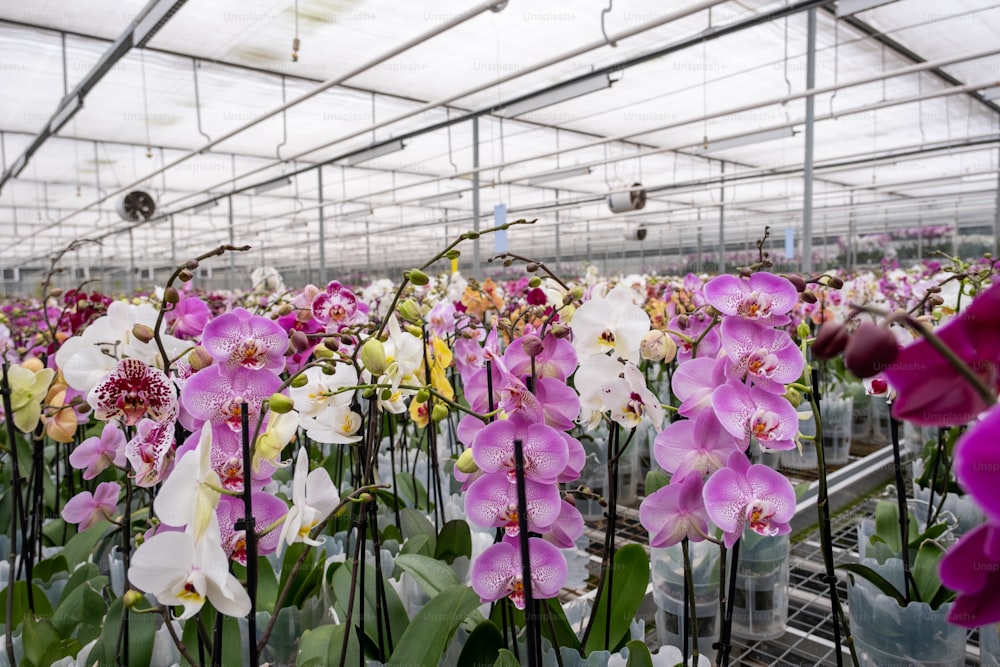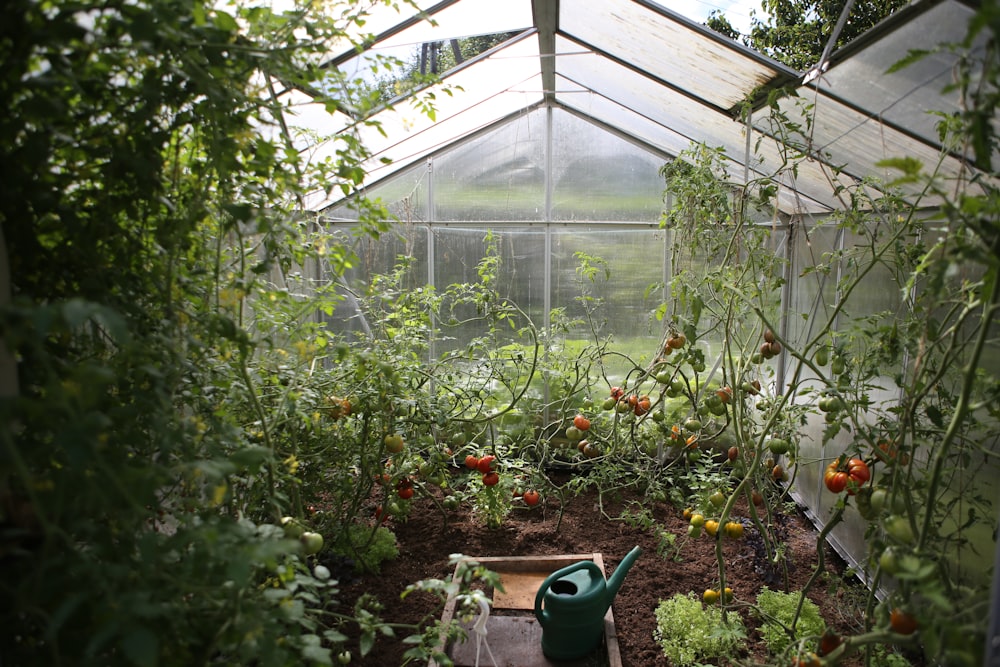Whether you are a hobbyist or a certified horticulturist, you rely on a greenhouse for year-round gardening. If you are building a new greenhouse or replacing any panels, you need to consider a greenhouse roof material that offers light transmission and heat properties. There are a variety of roofing materials—each with its own unique physical and aesthetic properties. What you ultimately choose depends on what type of structure you are putting a roof on. While metal might be the right material for a gardening shed, you wouldn’t want to use it on a greenhouse. You want a translucent material that provides thermal insulation as well as protection. Traditional materials for a greenhouse roof include glass, fiberglass, acrylic, and polycarbonate panels. Polycarbonate roofing panels, such as twinwall and multiwall polycarbonate sheets, can be used as roofing panels and greenhouse panels. The panels are an ideal roofing material for greenhouses due to their lightweight properties, cost-effectiveness, and insulation capabilities.
Here, we go into more details on those properties, plus a few more reasons on why polycarbonate is a great greenhouse roof material.
Polycarbonate offers optical clarity
The translucent building material has high clarity and light transmission that is similar to glass. Polycarbonate allows 90% of light to pass through and retains heat 60% better than glass, making it an excellent and efficient choice for greenhouse panels. While polycarbonate will yellow with age, it is more fade-resistant than other plastics.
Polycarbonate is unbelievably strong and unbreakable
Besides greenhouse roof material, polycarbonate is used in eyewear lenses, medical devices, and bullet-resistant glass because of its high-impact strength. Polycarbonate is 250 times stronger than glass. That means it can be exposed to the elements without worry of cracking or breaking. It can also be bent at room temperature without breaking making it a smart choice for curved greenhouse architecture. The strength that polycarbonate exhibits as a greenhouse roof material translates into better protection from projectiles, whether it’s a fallen tree branch or pellets from a hailstorm. Since polycarbonate is shatter resistant and can withstand high temperatures, it helps to protect and promote the plant life growing inside.
Polycarbonate provides insulation
Polycarbonate is a thermoplastic. That means it can withstand temperature swings without compromising its strength and quality. What’s more, polycarbonate roofing panels will retain heat better than glass to create a more suitable environment for the plants growing in a greenhouse. This is especially helpful in regions with colder climates. Less heat is lost through polycarbonate greenhouse roof material than when alternative glass materials are used. In fact, it can provide up to 60% more thermal insulation than glass, a benefit if energy costs are a concern as well.
Polycarbonate is lightweight
Not only is polycarbonate stronger than glass, but it’s twice as lightweight as a glass panel the same size. Its light weight makes it ideal as a greenhouse roof material as it is easy to lift and handle during installation. It’s also less expensive when it comes to shipping! But an impressive benefit of using polycarbonate as a greenhouse roof material is that it helps to improve the overall building structure because its weight doesn’t place excess stress on the building’s frame.
Polycarbonate can be custom ordered
Acme Plastic’s 6mm and 8mm twinwall and 16mm twinwall clear polycarbonate multiwall sheets are ready to ship directly from our USA manufacturers. However, polycarbonate sheets are available in a wide range of sizes and thicknesses or can be custom ordered to your specifications. Contact us for other sizes, or other specific requirements.




